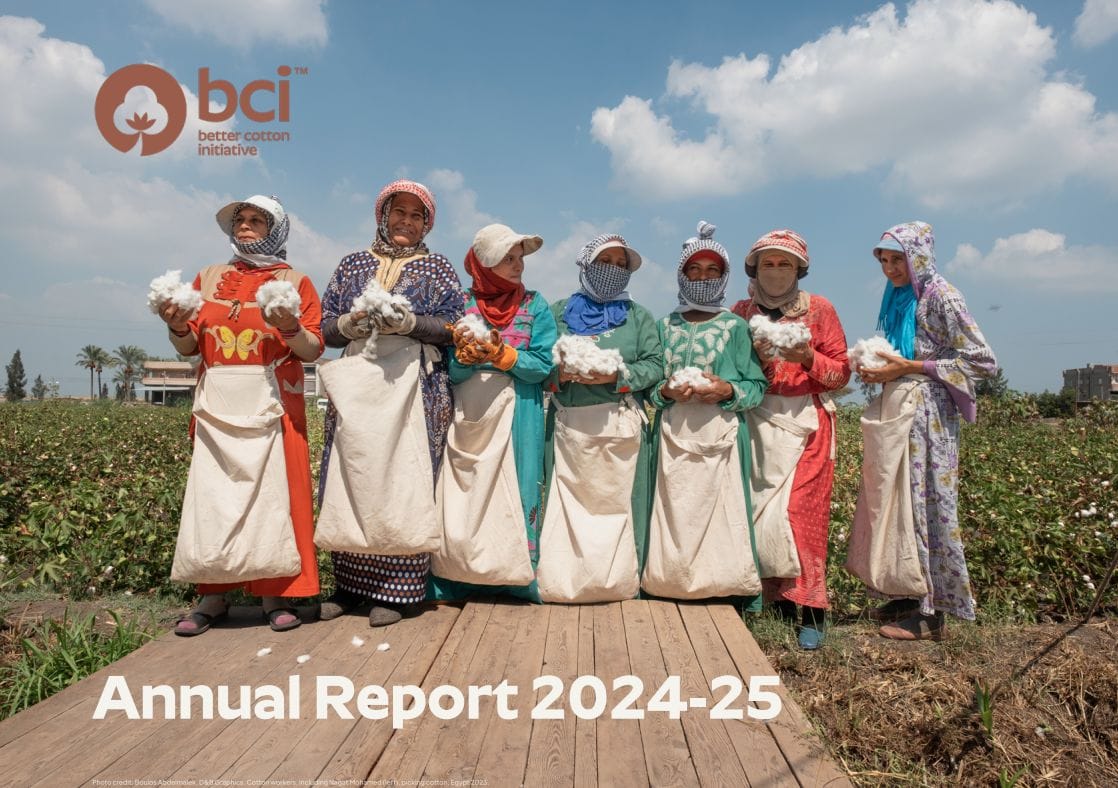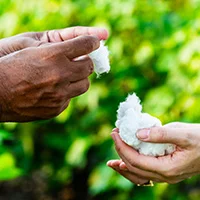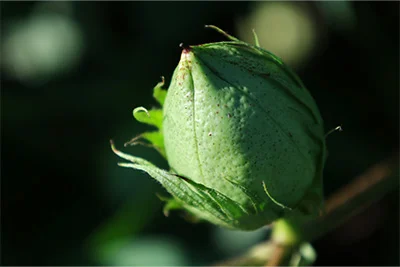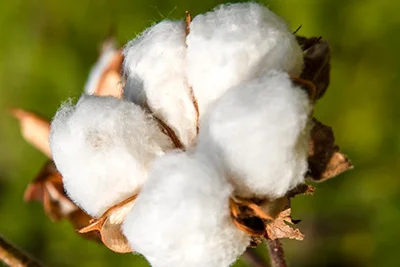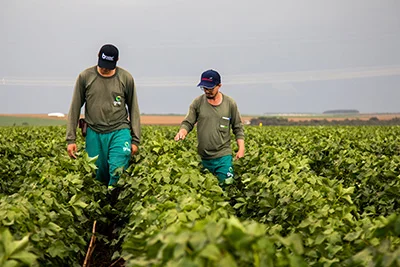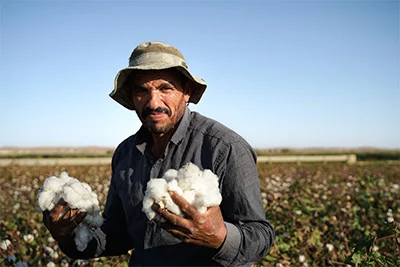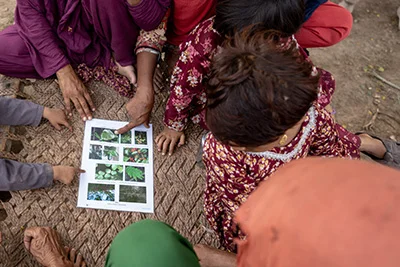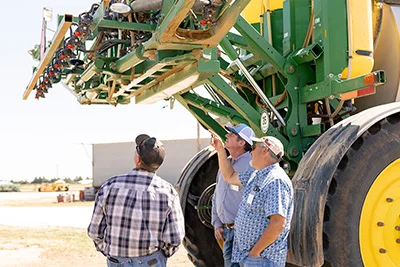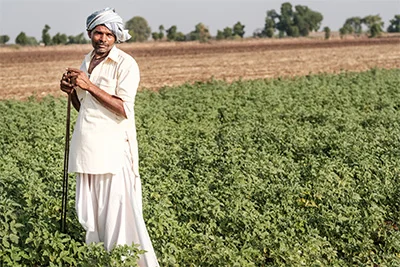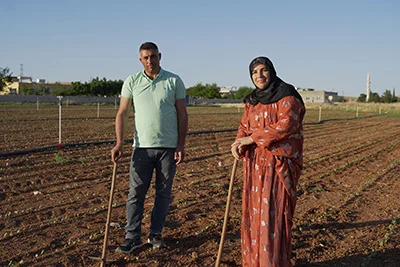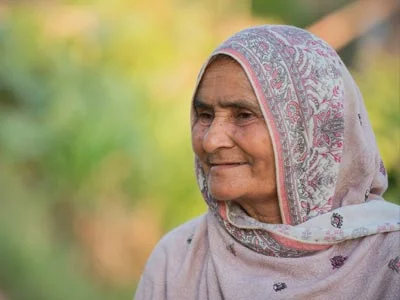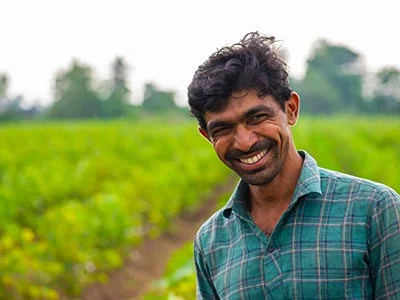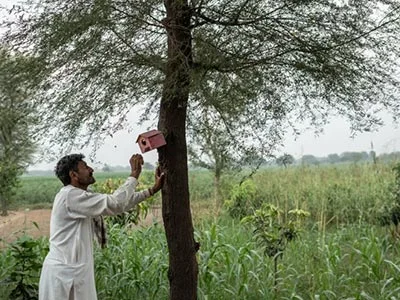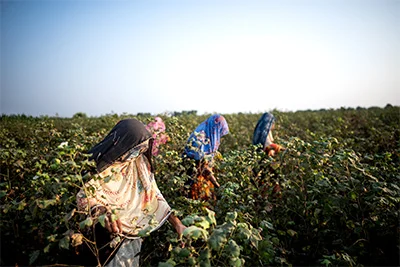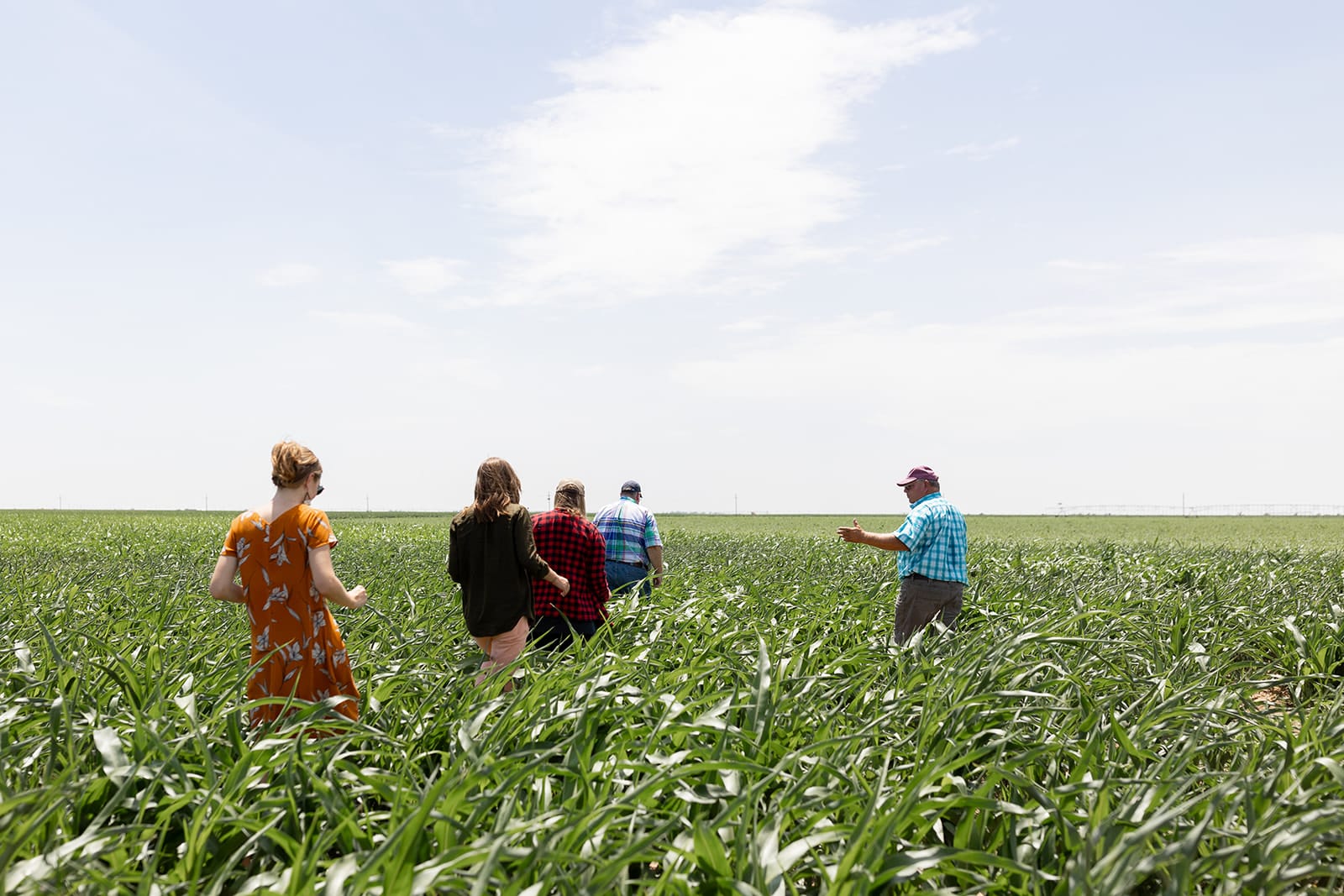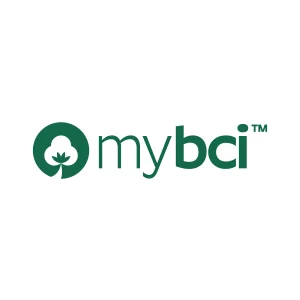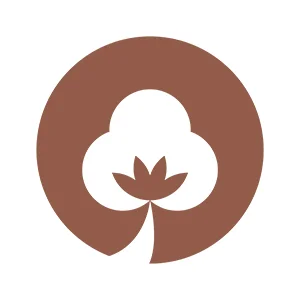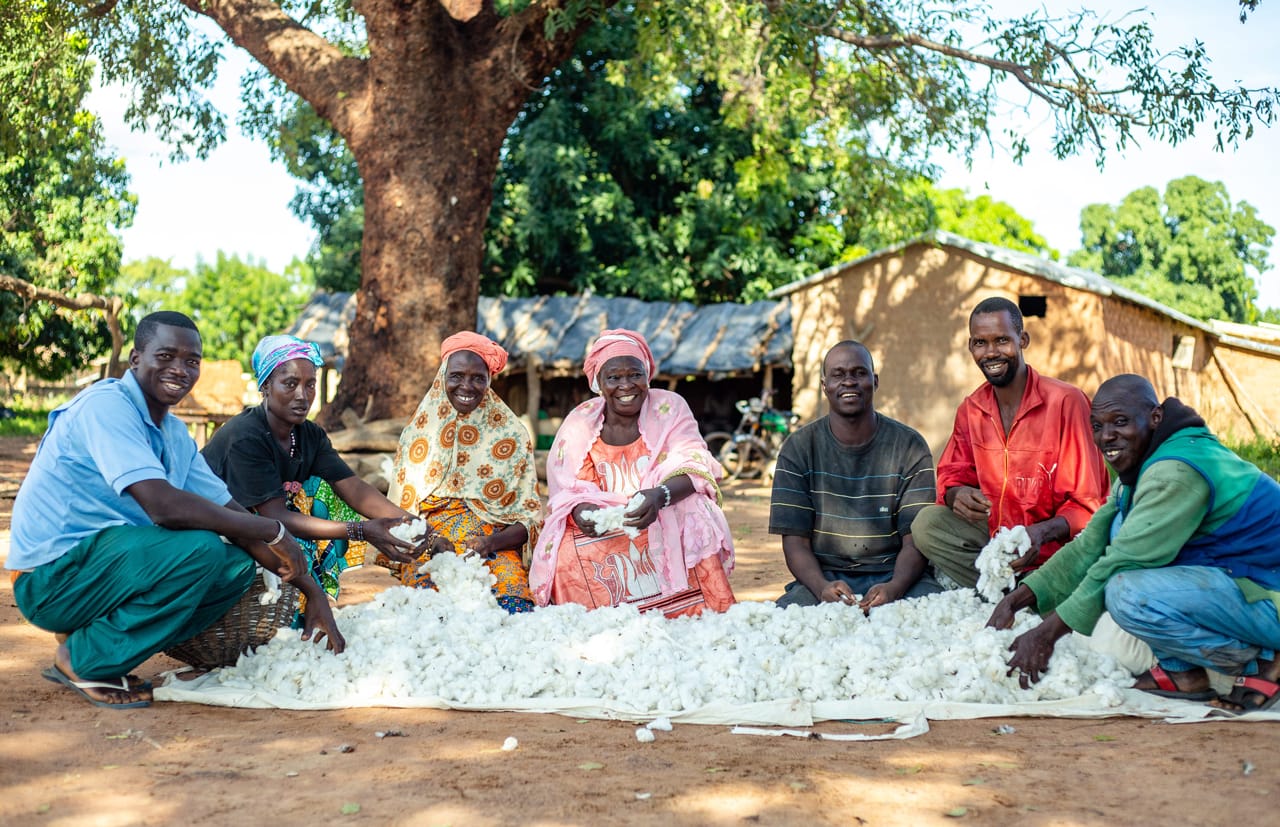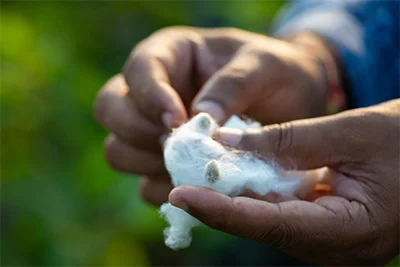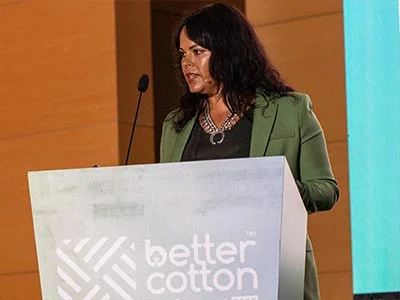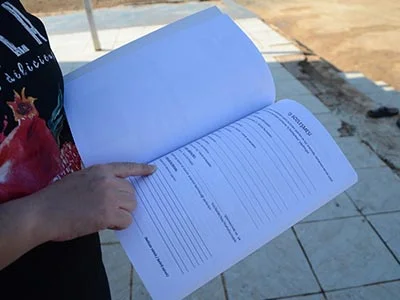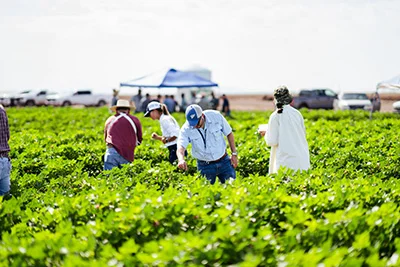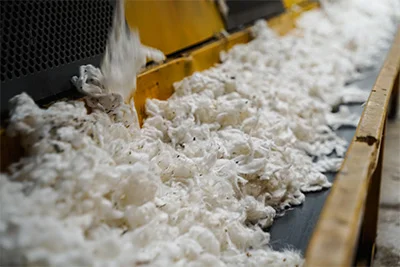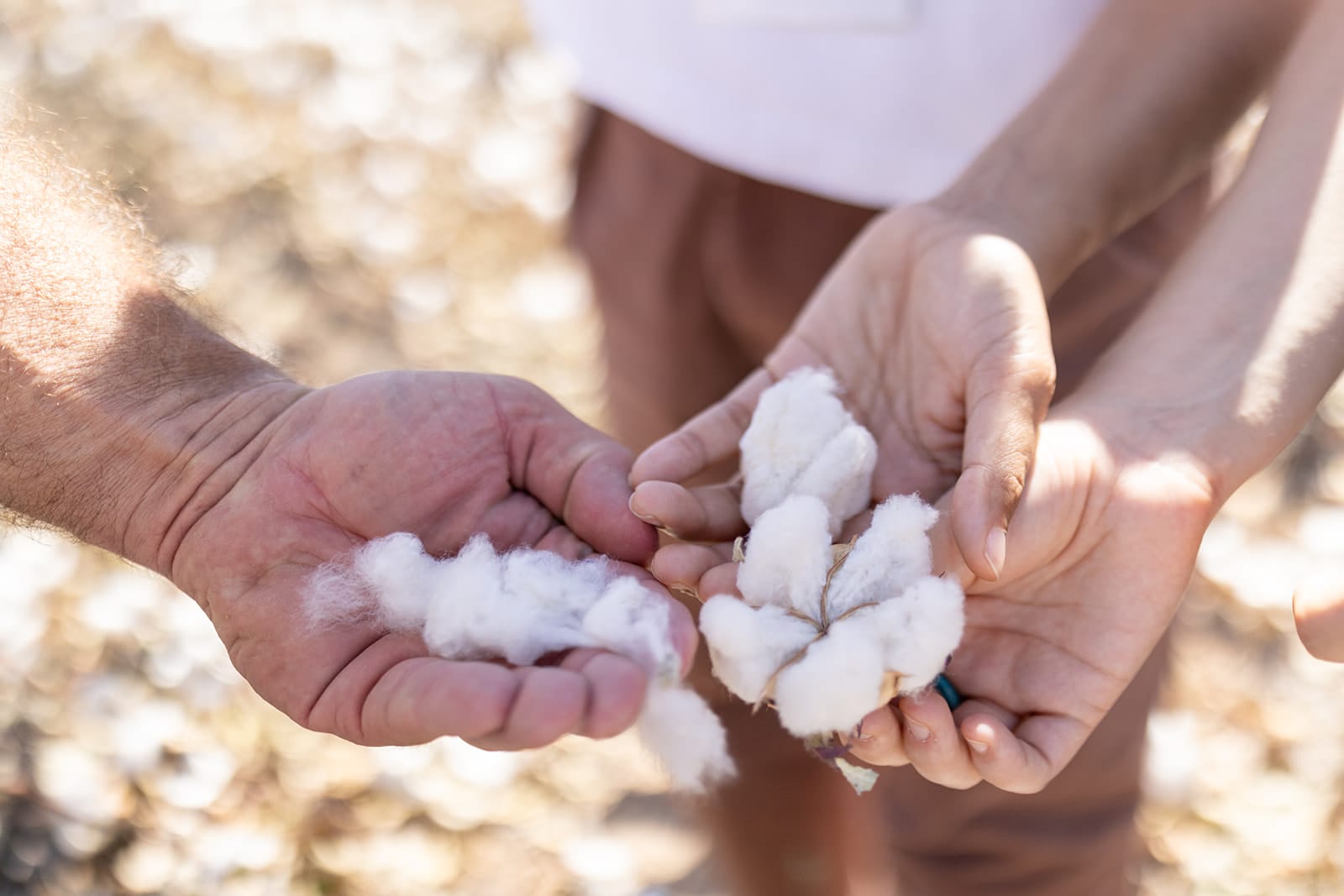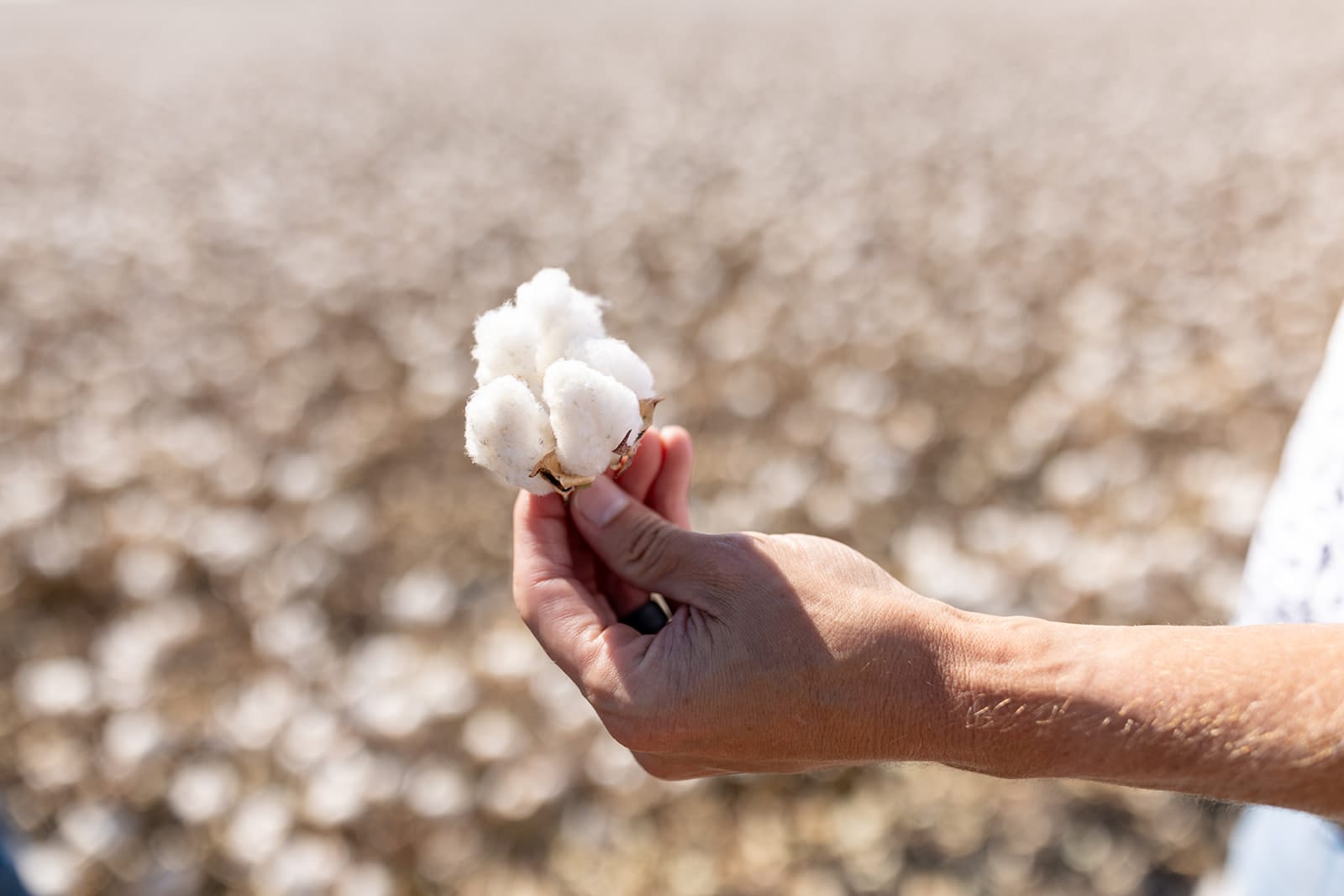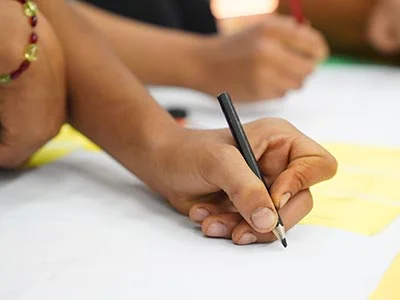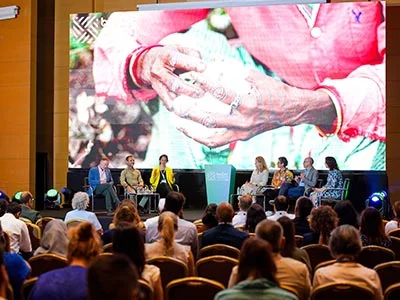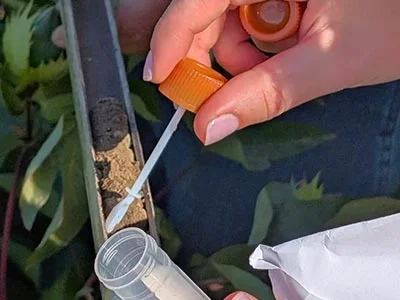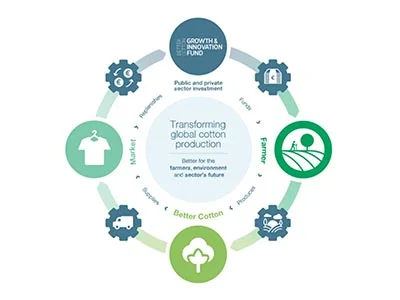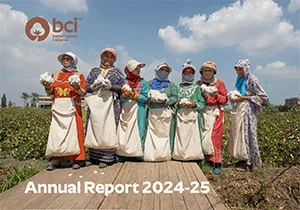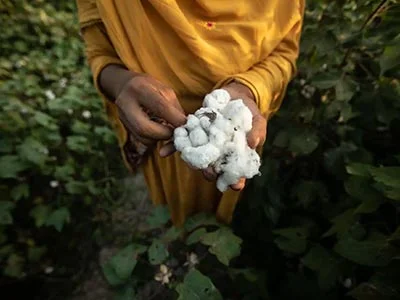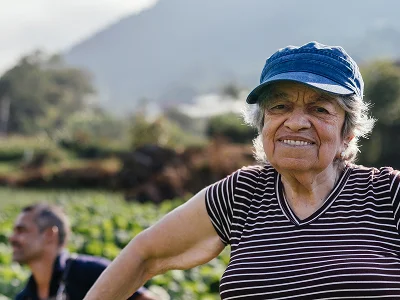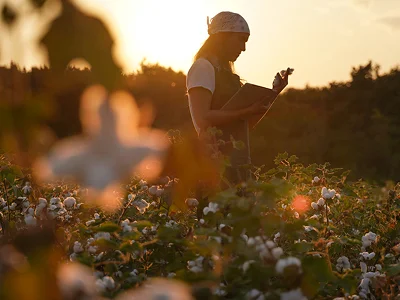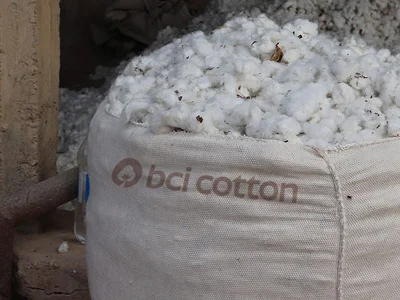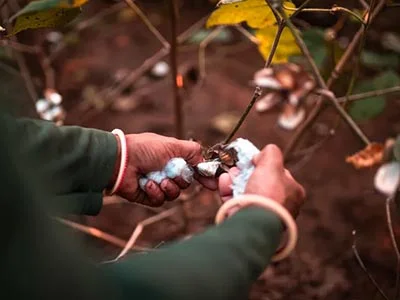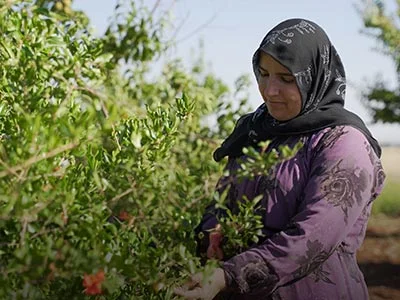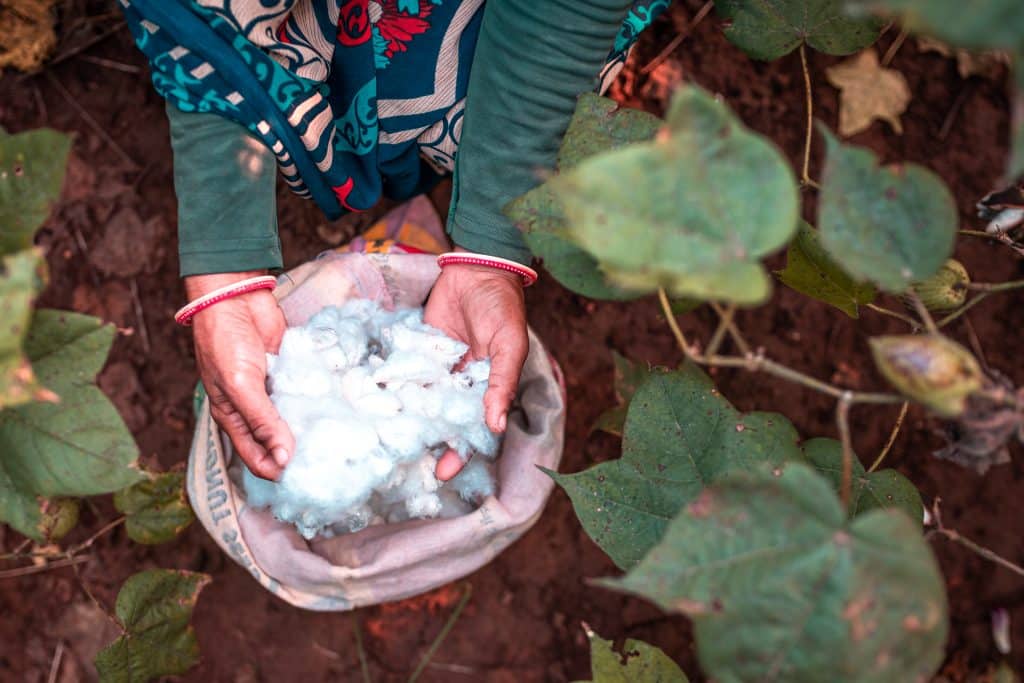
A new study from the International Institute for Sustainable Development (IISD), exploring voluntary sustainability standards in the cotton sector in South Asia, has encouraged the region’s cotton sector to accelerate its adoption of voluntary sustainability standards (VSS) such as Better Cotton.
IISD’s mapping of VSS criteria and market potential found that initiatives operating in the region, including Better Cotton and Fairtrade, can help address issues around pest management, water stewardship, and farmers’ incomes. These three issues all fall under Better Cotton’s key impact areas, alongside soil health, greenhouse gas emissions, biodiversity & land use and climate change.
The report, produced as part of IISD’s ‘State of Sustainability Initiatives’ research, focused on the cotton sector in India, Pakistan, Bangladesh and Sri Lanka, countries where cotton represents a crucial sector. It noted that various studies have shown that the implementation of VSSs’ requirements, such as the Better Cotton Principles and Criteria, has led to improvements in agrochemical use, water conservation, and the incomes of South Asian cotton farmers.
The report also highlighted the potential for growth in the region. From 2008 to 2018, South Asia contributed around 30% to global cotton lint production, and the report found significant market potential for VSSs operating in the cotton sector, estimating that Better Cotton alone has the potential to further expand cotton lint by 5.8 million tonnes based on 2018 South Asian production figures.
To read the full report, head to the International Institute for Sustainable Development’s website.

